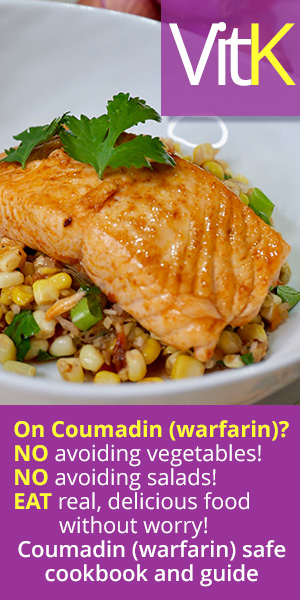More Fruit, Less Junk
There's a lot of concern about childhood obesity, and justifiably so: over 1 in 3 children (including adolescents) are at least overweight, if not obese. The Centers for Disease Control estimates that as of 2008, 20% of children between the ages of 6 and 11 are obese, while 18% of kids 12-19 are obese. They develop risk factors for heart disease that my pediatrics colleagues hardly ever saw thirty years ago, including high cholesterol, high blood pressure, and prediabetes (if not diabetes itself).
There are dozens and dozens of initiatives underway to address the issue, from Michelle Obama's "Let's Move" program to individual school districts making their school lunches healthier. One of the ways schools are trying to improve children's diets is by making unhealthy snacks less obtainable on school grounds, and another is by offering kids more fruits and vegetables on the theory (borne out by some research - see "How to get your kids to eat more fruit") that if it's available, they'll eat it.
In Norway, a fruit and vegetable subscription program went nationwide in 2003. The program allows parents to pay for their child to be given a piece of fruit or a carrot daily. In 2007, the program became free to qualifying children. Researchers wondered if this program would have an effect on the number of unhealthy snacks the children ate - and would there be a difference between children of different socioeconomic classes (Am J Clin Nutr 2012;96(5):1100-3)?
In 2001, while the Norwegian government was still piloting the fruit and vegetable program elsewhere, researchers invited all of the sixth and seventh grade students from 38 schools in two counties to participate, with their parents' consent, in a survey that measured their intake of unhealthy snacks, including sodas, candy, potato chips, and so forth.
In 2008, 5 of the surveyed schools participated in the free school fruit program, while 10 had only the subscription program and the remaining 12 had not yet joined either fruit program. Once again, the sixth and seventh grade students responded to the same survey, and the researchers were able to correlate the students' unhealthy snack intake with whether the student attended a school with a fruit program or not.
Interestingly, the amount of unhealthy snacks students consumed fell between 2001 and 2008, regardless of whether there was a fruit program at the school or not. That said, those children who attended a school with the free fruit program reduced their intake of unhealthy snacks even further: about 49% for those children whose parents had completed only high school (as compared to 30% for kids whose parents had a university education).
What this means for you
Once again, it seems that making fruits and vegetables available to kids encourages them to eat them and may even take the place of less-healthy snacks. If you send your child to school with lunch, be sure to put a piece of fruit in their lunchbox, and make sure your school administrators do all they can to maximize fruit and vegetable availability on school grounds.
First posted: October 24, 2012




